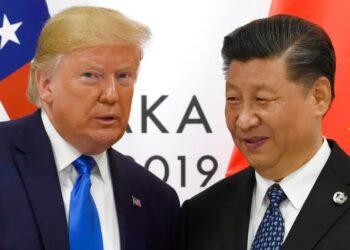some of its needs, but grain traders say talks with both New Delhi and Islamabad are deadlocked.
Food is not targeted under Western sanctions, but in recent months Iran has had to pay high prices for grain to work around the restrictions on financial transactions.
However, the main problem with India and Pakistan appears to be Iran’s great fear of pollutants in Asian wheat. Its high standards make it hard to buy grain other than from the West. And that appears to be killing visions in Pakistan and India of giant wheat sales to Iran.
“There is great doubt in the market about whether the Indian deal will happen. They are never going to get the phyto-sanitary standards worked out,” a European grains trader said. “The Indian wheat cannot reach the standards the Iranians traditionally demand.”
As Iran’s second-biggest crude client, India hoped to reassure Tehran on quality and secure wheat sales to help settle part of its $12 billion a year oil import bill through a barter-style mechanism using rupees. India said last month it could send Iran up to 3 million metric tons of wheat.
Pakistan has said it is prepared to export 1.2 million tons of wheat. It was eager to deal with Iran. But a senior official of Pakistan’s Ministry of Food Security and Research said Iran has raised quality issues.
“Pakistan’s wheat has 0.3 percent content of karnal bunt [a fungal disease], whereas 1 percent is acceptable in the world market,” the official noted. He said Iran demanded zero karnal bunt. “Even 1 percent is not harmful to human health,” the exasperated Pakistani said.
In February, Iranian Deputy Commerce Minister Abbas Ghobadi visited Pakistan and signed a deal for Iran to import 200,000 tons of rice and 1 million tons of wheat, with delivery to begin in April. Nothing has come of that.
The Iranian complaint with India also involved karnal bunt.
A Singapore-based trader said, “Iranians are not too keen on Indian wheat because of the quality…. All wheat cargoes have some amount of foreign matter. But India has more because the loading is not mechanized. It is done manually.”
An official with France’s grain lobby said Iran has imported 3 million metric tons of wheat so far this year and needs another 2 million.
Torbjorn Soltvedt of Maplecroft, a risk analysis firm, said, “Rising food prices have become a thorny political issue for the regime…. Given the potential for food shortages to erode support for the regime, Iranian leaders are likely to continue an active role in attempting to secure high volume grain shipments through bilateral agreements. Despite some deals falling through, Iran has so far been relatively successful in securing large orders using its state food buyer.”
A European grain trader said, “I expect Iran to re-enter the international what market in July, and it seems the only origins available rapidly at that time will be US and Black Sea. Western European harvests will only be starting.”
In April, Iran bought $38 million worth of wheat from the United States. That was 45 percent of everything Iran bought from the United States in the first four months of 2012.
`The Islamic Republic does not like to buy US wheat, presumably for political reasons because it smacks of dependence on Americans.























